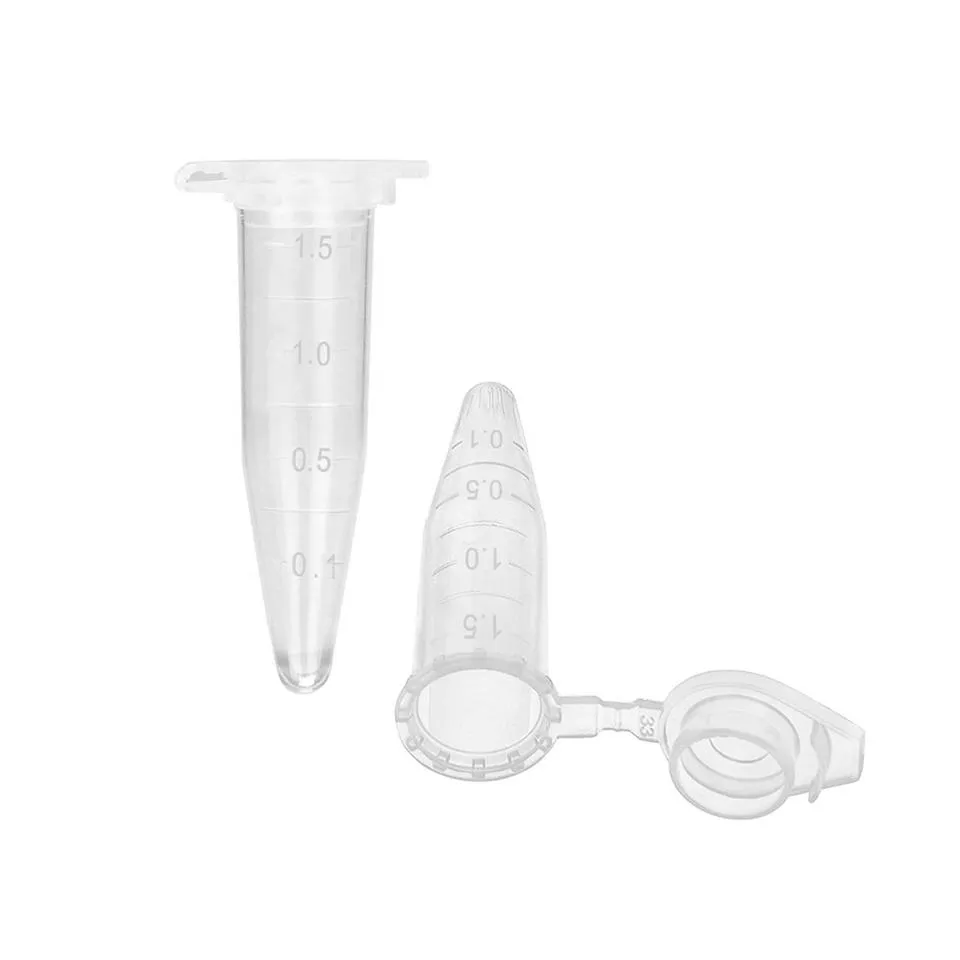Exploring the Use of Plastic Vials for Pharmaceutical Storage and Safety
Understanding the Importance of Plastic Drug Vials in Pharmaceuticals
In the ever-evolving world of pharmaceuticals, the integrity and safety of medicine delivery are paramount. Among the various packaging options available, plastic drug vials have emerged as a crucial component in ensuring that medications remain effective, safe, and easy to handle. This article delves into the significance of plastic drug vials, examining their advantages, applications, and considerations within the pharmaceutical industry.
The Rise of Plastic Vials
Traditionally, glass vials were the preferred choice for storing and dispensing medications. However, advancements in materials science have led to the development of high-quality plastic vials that offer several benefits over their glass counterparts. Plastic vials are generally lighter, shatter-resistant, and can be produced in various sizes to accommodate diverse medicinal forms, including solids, liquids, and powders.
Advantages of Plastic Drug Vials
1. Weight and Portability One of the most notable advantages of plastic drug vials is their lightweight nature. This property not only reduces shipping costs but also improves convenience for healthcare providers and patients alike. Patients can easily carry their medications without the risk of breaking their containers.
2. Shatter Resistance Unlike glass, plastic vials do not shatter upon impact, thereby reducing the risk of injury and contamination. This feature is particularly beneficial in environments such as hospitals and clinics, where accidental drops are common.
3. Customization Plastic vials can be manufactured in a variety of shapes, sizes, and colors. This customization allows pharmaceutical companies to create vials that align with their branding and also aids in easy identification for healthcare providers and patients.
4. Chemical Compatibility Most plastic vials are made from materials that are resistant to various chemicals, making them suitable for a wide range of medications. This compatibility helps in preserving the efficacy and stability of the pharmaceuticals inside.
5. Cost-Effectiveness Plastic vials tend to be more cost-effective than glass due to lower production and material costs. This can result in a significant reduction in the overall price of medications, making them more accessible to patients.
Applications in Pharmaceuticals
drug vials plastic

Plastic drug vials are utilized in numerous pharmaceutical applications, including
- Oral Medications Many over-the-counter and prescription drugs are packaged in plastic vials for easy access and dispensing. The child-resistant closures ensure safety for households with children.
- Injectables Plastic vials are also used for storing injectable medications, especially in emergency settings. They provide an efficient way to store and transport these critical therapies while minimizing breakage risks.
- Compounded Medications Pharmacists often use plastic vials for compounded medications tailored to individual patient needs. The ability to customize vial size and design makes it easier to meet specific medication requirements.
Considerations for Use
Despite their numerous advantages, the use of plastic drug vials is not without challenges. One major concern is the potential for leaching, where substances from the plastic material could migrate into the medication over time. This poses a risk for sensitive drugs that may be affected by chemical interactions.
To address this, manufacturers are continually developing high-quality plastics that have reduced permeation and leaching rates. Regulatory bodies like the FDA also set strict guidelines for the materials used in drug packaging, ensuring that safety and efficacy are not compromised.
Furthermore, the environmental impact of plastic waste is an ongoing concern. Many pharmaceutical companies are now exploring sustainable alternatives, such as biodegradable plastics or recyclable vials, which aim to reduce their ecological footprint while maintaining product integrity.
Conclusion
Plastic drug vials play a vital role in the pharmaceutical industry, offering numerous advantages such as weight reduction, shatter resistance, and various application possibilities. As technology advances, it is crucial for manufacturers to prioritize safety, chemical compatibility, and environmental sustainability to ensure that plastic vials continue to meet the evolving needs of healthcare providers and patients. In doing so, they will help to uphold the critical mission of delivering safe and effective medications to the global population.
-
Aesthetic Makeup Spray Bottles | Fine Mist Empty RefillableNewsAug.19,2025
-
White Plastic Veterinary Vaccine Vials | Lab Liquid BottlesNewsAug.18,2025
-
Plastic Medicine Liquid Bottle: Secure Flip Top Drug VialsNewsAug.17,2025
-
Durable 250ml Blue Plastic Vaccine Vial for Lab & Vet UseNewsAug.16,2025
-
Sterile Virus Sample Tubes: Secure & Reliable Specimen CollectionNewsAug.15,2025
-
White 250ml Plastic Vaccine Vial for Lab & Vet MedicineNewsAug.14,2025
























